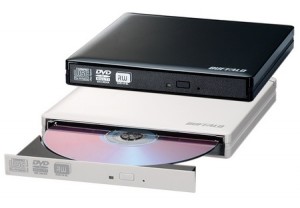The Gargoyle Bulletin asked Research Librarian, Barbara Durniak, current Head of Access Services, to describe the most significant changes she has experienced at Vassar Library during her 28 years of service here.
Ancient library hieroglyphics? Actually, yes. In 1984, long before Google, the library hired me to launch a program introducing a new way to conduct academic research: DIALOG. DIALOG hosted commercial databases such as PsycInfo, ERIC, and Medline. Connection was via dial-up access using a telephone connected to a modem, searching was done via a specific command-driven syntax (see above – b11 was the command to start a search in PsycInfo), and charges were calculated by the time spent on the system and by the number of searches retrieved.

Because the service was costly to use, reference librarians mediated the searches. To minimize costs, librarians spent a lot of time preparing for each DIALOG session, meeting with students or faculty in order to understand their research needs and devising a search strategy that was as efficient as possible for while we were online. Still, it was nerve-racking to know the meter was running every second we were connected to the database. It was not uncommon to see charges of $30 or more per session.
New searching method: CD-ROM

By the late 1980s, commercial databases were migrating their data to another medium – CD-ROMs – that allowed end-users to do their own research with no clock ticking. Although this was a major advantage, only one person at a time could use the cd-rom workstation and every month updates had to be installed. And of course, the researcher had to be in the library to use the data.
We’re online … almost
Fast-forward to 1994, when another migration resulted in access to these resources through an online, text-based interface. This solved the problem of single-user access and clunky updating. However, the college’s internet capacity was woefully inadequate to handle the increased traffic and users experienced many busy signals and dropped calls. Fortunately, bandwidth issues were resolved just as databases migrated from text-based to web based interfaces.
The database landscape today
In 2004, the library enhanced online searching by adding a proxy server that enabled off-campus access to our proprietary databases and by implementing a program that linked citations from online databases to the fulltext of journals the library subscribed to electronically. As a result of these advances, doing library research is now an almost seamless process. Anywhere at anytime, you can search your topic and connect to online versions of articles.
Google and other search engines also started gaining traction around this time, however, even now, Google doesn’t provide the same search experience as the library’s proprietary databases. Check out our offerings on the library’s DATABASES page. The library subscribes to over 150 databases and if you need help navigating them, don’t hesitate to contact a research librarian.

